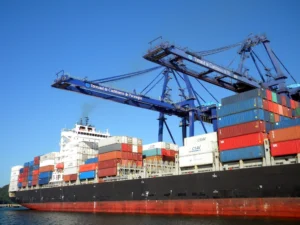The Invisible Hand: Supply Chains in Everyday Life

Global supply chains are like the invisible puppet masters of the market. They determine what products are available, their price, and even their quality. Imagine wanting a specific brand of coffee, only to find it’s unavailable due to supply chain disruptions. This intricate web connects manufacturers, suppliers, and retailers across the globe. When one part of the chain breaks, it affects availability everywhere. The complexity and interdependence can sometimes lead to unexpected shortages. It’s like a domino effect, where one fallen piece can topple the entire row, leaving empty shelves in your local store.
The Ripple Effect of Natural Disasters
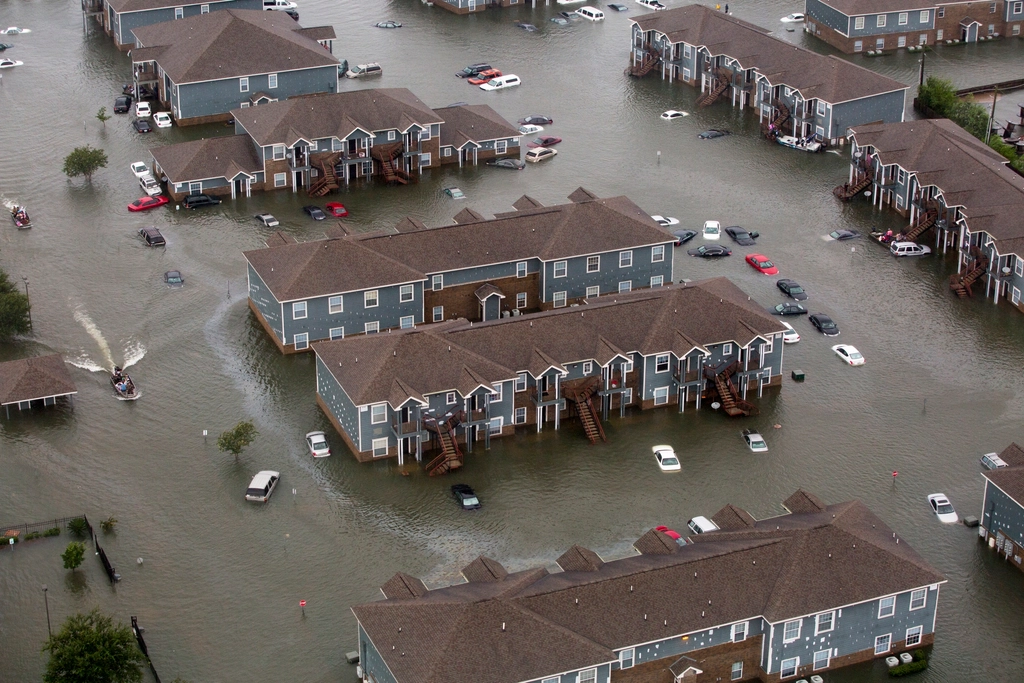
Natural disasters can wreak havoc on global supply chains. For instance, a hurricane in a major shipping hub can delay shipments worldwide. In 2011, the earthquake and tsunami in Japan disrupted the automotive industry globally. Factories had to halt production due to a lack of parts. This demonstrates how a single event can cause a cascade of delays and shortages. It’s like a single pebble causing ripples across a still pond, reaching far beyond the initial splash. Companies often struggle to predict and mitigate these events, leaving consumers with limited choices.
The Role of Geopolitical Tensions
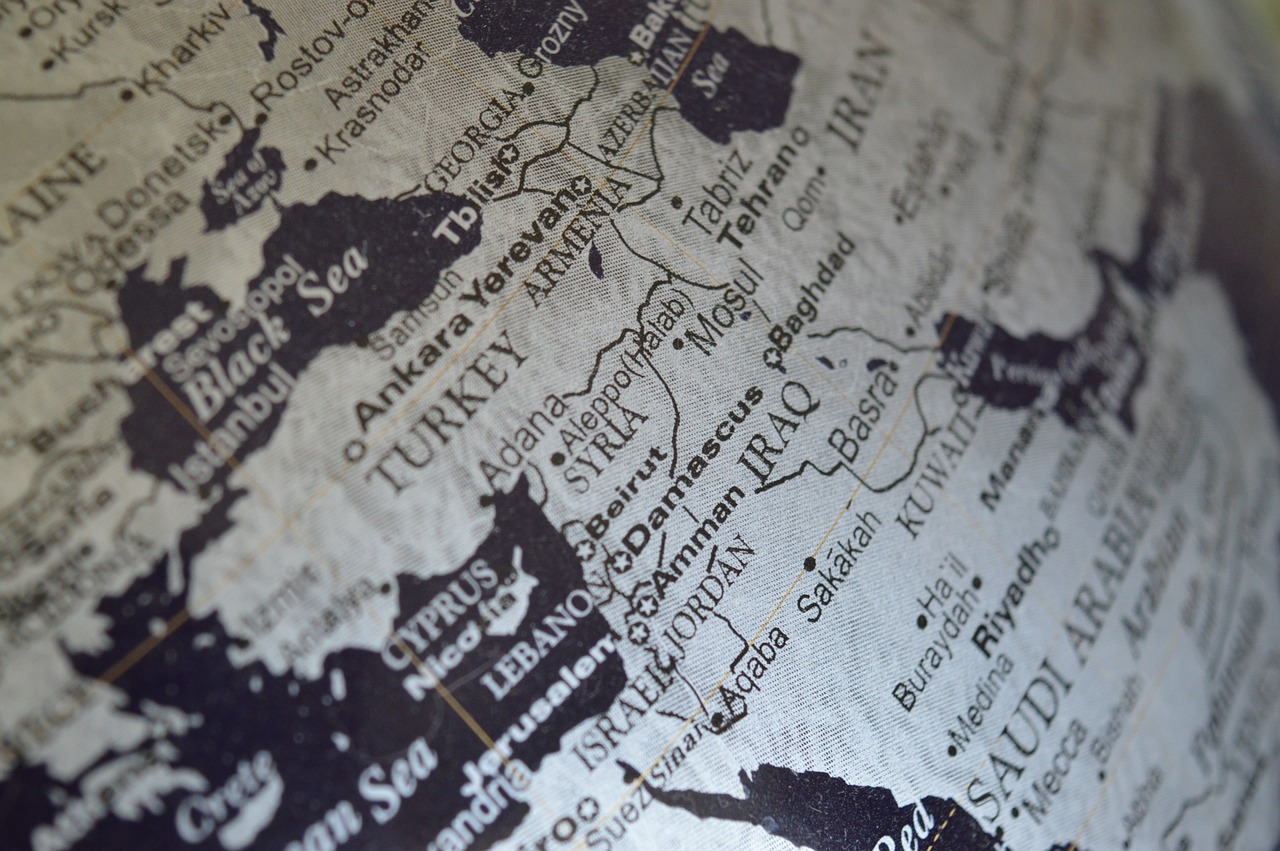
Geopolitical tensions can significantly impact supply chains. Trade wars, like the one between the U.S. and China, can lead to tariffs and restrictions. These changes affect the cost and availability of goods. When two countries are at odds, it can create bottlenecks and delays. Imagine trying to get a product from a country that suddenly imposes heavy tariffs on exports. The result? Higher prices and fewer options for consumers. It’s a delicate dance between nations, where a misstep can lead to economic consequences for everyone involved.
Pandemics: A New Challenge

The COVID-19 pandemic highlighted the fragility of global supply chains. With factories shut down and transportation halted, many products became scarce. Toilet paper, hand sanitizer, and even medical supplies were hard to come by. The pandemic showed how interconnected and vulnerable the supply chain truly is. It’s like a giant spider web, where a single tear can affect the entire structure. Companies are now re-evaluating their strategies to ensure resilience in future crises. This includes diversifying suppliers and increasing local production to reduce dependency on global networks.
Technological Innovations and Their Impact
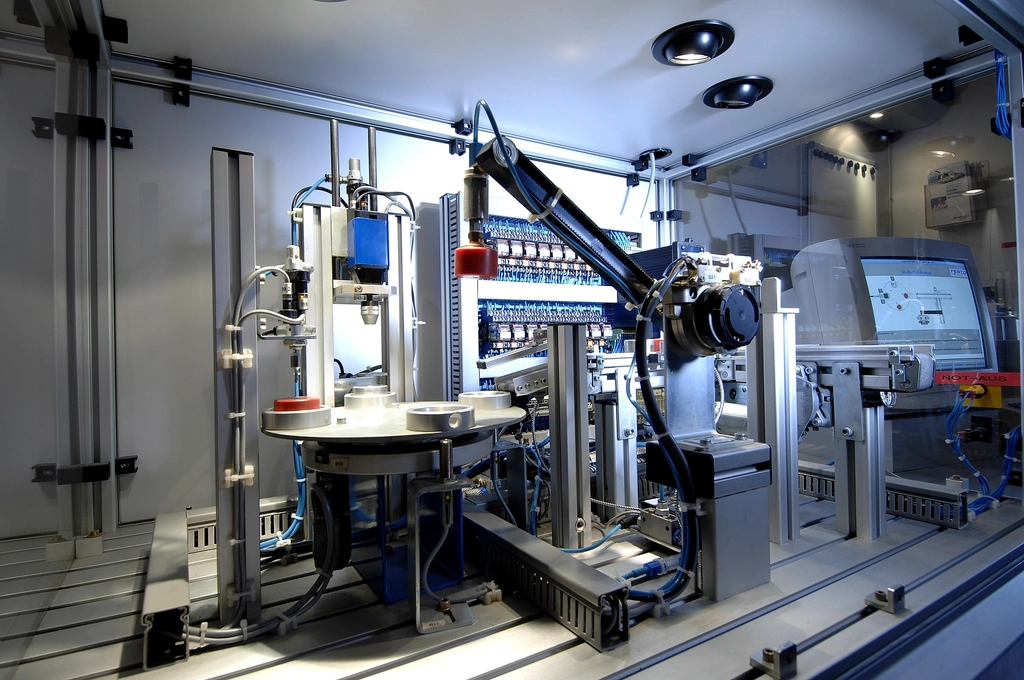
Technology plays a crucial role in modern supply chains. Innovations like blockchain and AI help track and manage products more efficiently. These tools provide transparency, ensuring products are sourced ethically and sustainably. They also help predict demand, reducing waste and shortages. Imagine a world where you can track your product from factory to doorstep. That’s the power of technology in supply chains. However, not all companies have adopted these innovations, leading to disparities in efficiency and reliability.
The Environmental Cost of Global Supply Chains
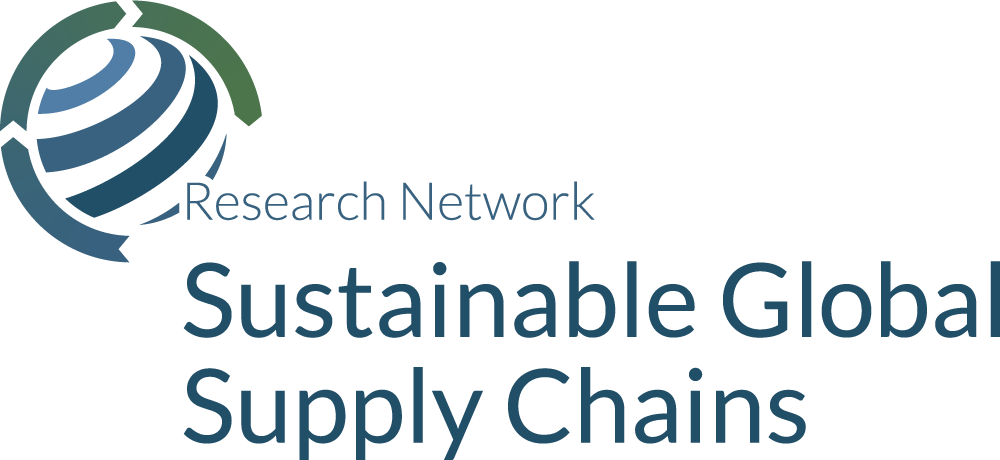
Global supply chains often come with environmental costs. Transporting goods across continents contributes to carbon emissions. The demand for cheap products can also lead to unsustainable practices. For example, fast fashion relies on quick production, often at the expense of the environment. This raises questions about the true cost of convenience. Is it worth the environmental impact? Consumers are becoming more aware of these issues, demanding sustainable and ethical products. This shift is pushing companies to reconsider their practices and prioritize sustainability.
Consumer Behavior and Supply Chain Dynamics

Consumer behavior significantly influences supply chains. The demand for instant gratification has led to the rise of fast delivery services. Companies like Amazon have reshaped expectations, promising quick shipping regardless of location. This puts pressure on supply chains to deliver faster, often at the expense of quality. It’s a race against time, where speed often trumps other factors. As consumers, our choices drive these changes, highlighting our role in shaping supply chain dynamics. By prioritizing sustainable and ethical choices, we can influence companies to adopt better practices.
The Importance of Diversified Supply Chains
Diversification in supply chains is crucial for resilience. Relying on a single supplier or region can lead to vulnerabilities. A disruption in one area can halt production entirely. Companies are now focusing on diversifying their sources to mitigate risks. It’s like not putting all your eggs in one basket, ensuring stability even if one source fails. This strategy not only reduces dependency but also encourages competition, driving innovation and efficiency. Diversified supply chains are more adaptable, capable of withstanding unexpected challenges and ensuring product availability.
Government Regulations and Their Influence

Government regulations play a significant role in shaping supply chains. Policies on trade, labor, and the environment can affect how goods are produced and distributed. Stricter regulations can lead to higher costs but also ensure safer and more ethical practices. It’s a balancing act between economic growth and social responsibility. Governments must consider the long-term impact of their policies on supply chains and consumers. By implementing fair regulations, they can promote sustainable growth while protecting the interests of their citizens.
The Future of Global Supply Chains
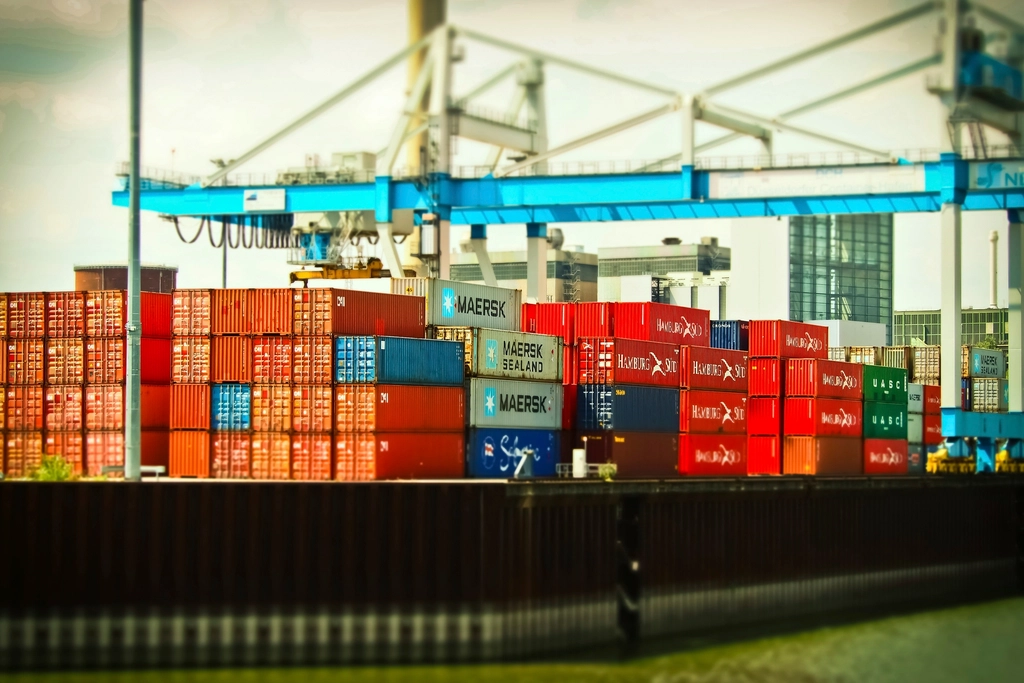
The future of global supply chains is likely to be shaped by innovation, sustainability, and resilience. Companies are investing in technology to streamline operations and reduce environmental impact. Consumers are demanding transparency and ethical practices, pushing for change. As the world becomes more interconnected, supply chains must adapt to evolving demands and challenges. It’s a journey of transformation, where every stakeholder plays a part. The goal is to create a system that’s efficient, sustainable, and capable of withstanding future disruptions, ensuring that consumers have access to the products they need.

